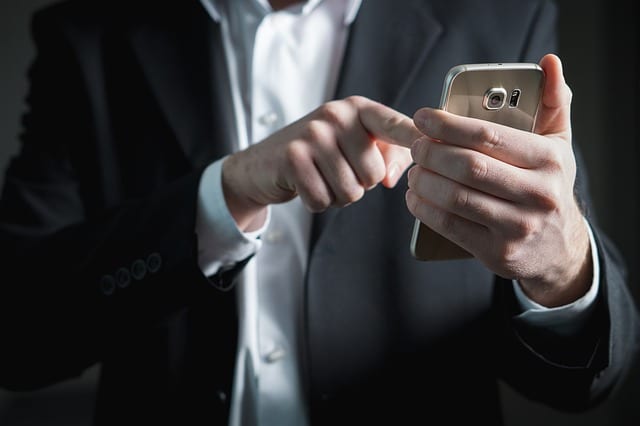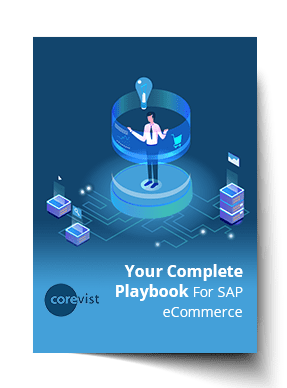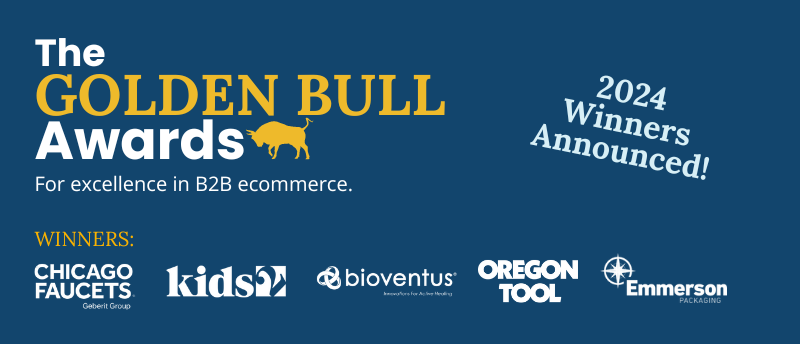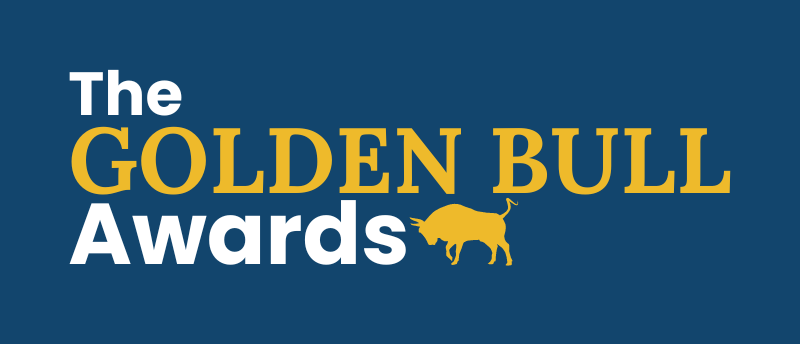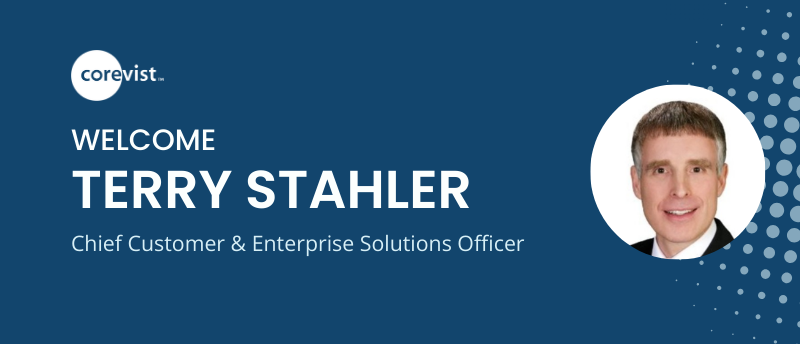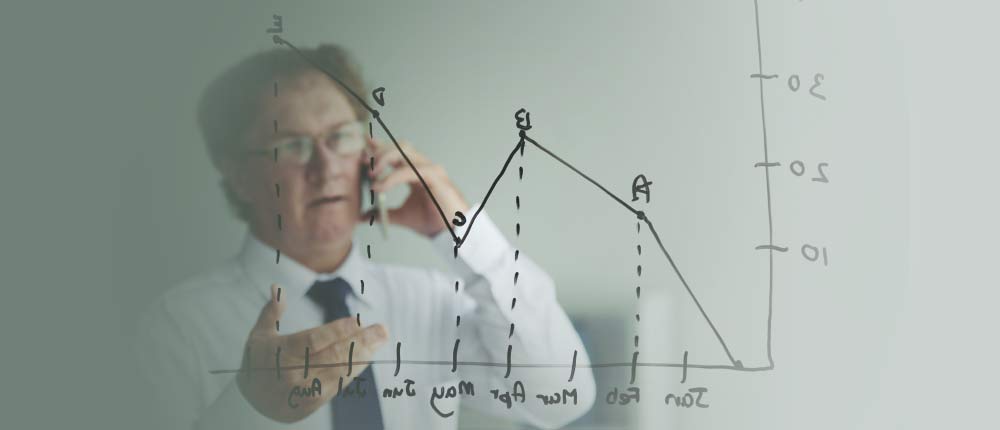Share
Author
George Anderson
Share
Last updated January 28, 2021.
If you’ve ever ordered products online from a company like Nordstroms, you know you can pick up 3-4 free samples at checkout. While we’re all used to this type of promotional experience in the B2C sector, we’re just beginning to see it applied to SAP eCommerce in the B2B world. It’s a brilliant way to introduce customers to new products that they might never see otherwise—and who says no to free?
At Corevist, we use the same underlying technology in SAP to enable upselling for our clients. We can suggest related products at checkout based on what the user has in her basket. This has numerous possible applications in the world of B2B eCommerce.
Using free samples for B2B eCommerce marketing
Our client, TNG, wanted to introduce free samples for their distributors. They decided to offer up to 3 products for free with every checkout. All the samples come from their own branded products rather than a nationally recognized brand. That way, TNG gets the full value out of the promotion.
NEW Guide:
Your Complete Playbook for SAP eCommerce
Here are 4 keys to successful eCommerce channel in an SAP ERP scenario.
In the B2C world, companies will often let you try out a sample-sized product, then follow up with an email campaign that includes a coupon for a full-sized product. This is a great marketing tactic, and the B2B world can definitely learn from B2C in this area. We think it’s great to see that a client cares about increasing basket size and is pushing their own brand. This type of personalized recommendation is coming to B2B, and a free sample followup emails are a great way to start experimenting with personalized marketing.
The best part? This technology costs very little in development time after the initial data setup in SAP (more on that below).
How can we leverage free samples in B2B eCommerce?
It’s not enough to throw free sample technology into your eCommerce store. You need to determine how best to use it to increase revenue and customer value. Think strategically: what can I offer for free, at little cost to the business, that will please customers and lead them back to the eCommerce store for future purchases?
The possibilities here are nearly infinite. Even manufacturers who sell technical or not-so-sexy products can use free samples to grow their business. Perhaps a consumable product, like a lubricant or additive, goes well with a replacement part. At the very least, manufacturers can offer a free cap with their logo on it!
How can we leverage upselling in B2B eCommerce?
Like free samples, upselling offers untapped potential for B2B eCommerce. Even companies that don’t sell “consumer-oriented” products can use upselling to increase value to the customer and basket size.
Every B2B eCommerce store is different, but we can offer some general advice: start simple, and think about your customer first. Accessories and consumables are a great place to launch your upselling efforts. Focus on the things that your customers actually need to complete the jobs they’ll be doing with your products.
Behind the scenes: How does it work?
Believe it or not, this type of functionality is easy to set up. B2B manufacturers can create their promotional products using SAP’s cross-selling feature. These products are kept in a Z table (a custom table). The Corevist Platform checks this table before showing the sample offerings. We check their validity dates and ensure that the category is type TANN, free of charge. This ensures that the right products are displayed as free samples.
When cross-selling products (free samples and/or upselling products) are set up properly in SAP, they filter out into a Corevist-powered website with no additional development work on the part of Corevist. All that’s required is a custom user experience design through which to present the data. That means one data setup, available in real time in two places.
Some companies may want to control the availability of free samples. If a customer has already taken advantage of the free sample program, you may not want them getting the free samples again. Or you may want to limit the program to one free sample per order, as TNG did. In this scenario, the customer can choose only one of 3 sample products at checkout. Next time they log in to place another order, the free samples are available again.
Unexpected success: B2B buyers love free samples and upselling!
TNG’s free samples program has done exceptionally well. In fact, the company has had to restructure the program due to demand. They started by offering free samples every day of the week, but they quickly ran out of stock. Now TNG only offers the free samples on certain days. A little scarcity never hurt a market that wants a product. If anything, this reduced availability should increase the company’s eCommerce traffic (and conversions) on the days when free samples are available.
The Bottom Line
B2B eCommerce is becoming more like B2C every day. B2B buyers want a B2C-style experience, and marketing free samples at checkout is an easy way to start establishing this in your eCommerce store. Your customers will love it, and it allows you to conduct followup marketing campaigns and increase user engagement. What’s not to love?
NEW Guide:
Your Complete Playbook for SAP eCommerce
Here are 4 keys to successful eCommerce channel in an SAP ERP scenario.

